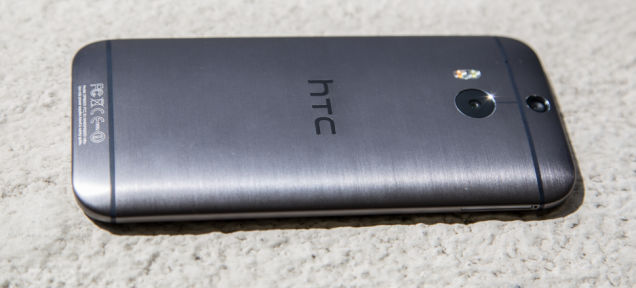As the playing field for smartphone specs has levelled out recently, companies are increasingly turning to materials to distinguish their models. Metal, plastic, glass — which of these is the best? And which is just a gimmick?
Over at Anandtech, Joshua Ho explains in a deep dive on the stuff your phone is made out of:
It’s often said that aluminium devices are less durable, heavier, and with worse radio reception than one made of polycarbonate. Other issues often cited include uncomfortable skin temperatures under load. Higher cost is also a problem, one that OEMs will often cite internally. With glass, it’s almost universally understood that any drop risks shattering the brittle back. So the question remains: Why is it that OEMs continue to push material design? Without a doubt, this is a complex topic. Material choices entail a huge number of trade-offs. There isn’t any one material that has the best compromises either. For the most part, there are three key materials that smartphones are made from.
Anandtech takes a look at all three materials, highlighting which phones are made with what, and what the advantages — or disadvantages — of, say, an aluminium casing is:
Like every other material, Aluminium is also not the perfect material to make a mobile device. As a result of making the device from metal, it’s impossible to use internal antennas unless plastic/glass “windows” are used to allow signal in and out of the phone. This means that the device will be less isotropic (direction-independent) in its reception of radio signals. Even with external antennas that turn parts of the metal casing into an antenna, detuning that occurs when a hand touches the antenna or bridges it to another conductive body is a major problem, as is the need to support multiple frequencies with an external body that isn’t necessarily able to change, as the iPhone 5s/HTC One (M8) can’t look radically different from operator to operator.
The conclusion is that nothing is perfect. But it’s an interesting subject to consider. Especially when you think about how often smartphone makers have brought up the phrase “premium feel” when trotting out updated devices lately — I’m looking at you, Galaxy S5. And we didn’t forget about you either, HTC One M8.
For the most part, as Anandtech points out, positioning these phones as “high end” based on their materials is bunk. There are pros and cons to every option, but the old maxim mostly still rings true: don’t judge a book by its cover. [Ananadtech]
